All Courses
Take a journey with us into the heart of yoga through practice-based study
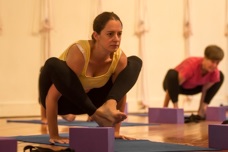
A-AB. Arm Balancings
BKS Iyengar writes
‘You must hold the balance by the intelligence of the body - by instinct or the sense of equilibrium- and not by strength. When you keep the balance by strength, it is physical action; when you keep it by the intelligence of the body, it is relaxation in action’.[

A-BB. Backbending
BKS Iyengar writes:
'In the asana systems the most advanced postures are the backbends. The human structure is such that the idea does not strike anyone that the spinal vertebrae can be moved backwards as well as forward and sideways, without causing injury. In the field of yoga, backbends are not taught at the early stages in the practice of this art, but only when the body is trained and when it is tuned and toned to such an extent that it can accept these poses. Backbends are to be felt more than expressed'.

A-FB. Forward Bends
‘The asanas ln sitting posture done with forward extension are called paschima pratana sthiti. Similar to standing asanas, the forward extension asanas are visible and perceivable movements for beginners. One can see the body and identify its movements. The heart faces the floor in all the forward extensions and this gives rest and helps one recover from fatigue'. Basic Guidelines for Teachers

A-I. Inversions
‘The asanas in the inverted positions are known as Viparita Sthiti. The standing asanas and the lateral extensions prepare the musculo-skeletal structure of the body to learn the inversions, such as Salamba Sirsasana and Salamba Sarvangasana. The standing and sitting forward extensions prepare one physically and mentally so that adverse effects can be avoided, such as high blood pressure, headache, neck pain, tension in the eyes, vomiting sensation, heaviness in the head, sudden rush of blood towards the head and the psychological fear caused by faulty performance’. Geeta Iyengar

A-R. Restoratives
BKS Iyengar writes:
‘Mental fatigue is experienced when the brain and the nerves get tired, It is caused by the excessive use of the brain, nerves and the senses of perception, mainly the eyes and ears. Over-exertion, shock or fear and mental disturbances cause fatigue. On the other hand, physical fatigue is mainly felt in the structural body. When one is physically tired, the system dries up and the limbs and the nerves fail to respond’.
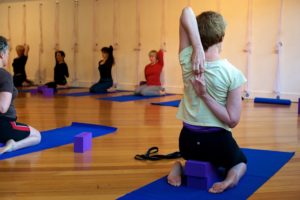
A-S. Sitting Asanas
‘The asanas in sitting posture done with forward extension are similar to standing asanas, the forward extension asanas are visible and perceivable movements for beginners-Geeta Iyengar.
The material in this subject is not intended for the learning of asanas as this is the role of a teacher.
The 10 week subject brings together a diverse range of material including articles and Video extracts from conventions to deliver a literature review.
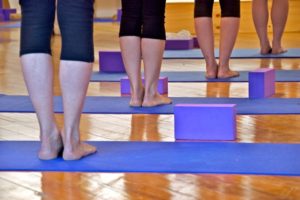
A-SP. Standing asanas
‘The beginners are introduced to the outer sheath of the body in the standing asanas and they learm the live dissection of their own body. The arms and legs, fingers and toes, wrists and ankles, elbows and knees, arm sockets and leg sockets become close friends of each other and guide the practitioner to reach inward. Here, the inward journey of the practitioner begins'. Basic Guidelines for Teachers booklet:
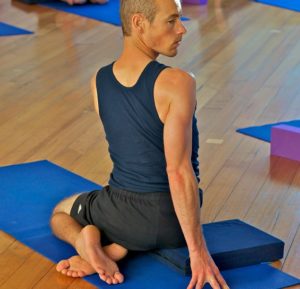
A-T. Twists
‘The twists are very effective in relieving backaches, headaches, and stiffness in the neck and shoulders’.
The material in this subject is not intended for the learning of asanas as this is the role of a teacher.
The 10 week subject brings together a diverse range of material including articles and Video extracts from conventions to deliver a literature review.
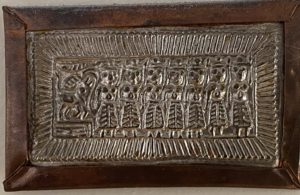
CA-1. Class Archive-1
CA-1. Class Archive 1 is a repository of classes taught by Alan Goode based on the syllabus at Yoga Mandir. It contains selected classes at all levels (Foundation, Developing and Established), as well as Pranayama, Slow Paced and Restorative. Its aim is to provide those who cannot attend the live classes with access to the recordings during periods when they are away from the school and their usual routines. Access is for I month
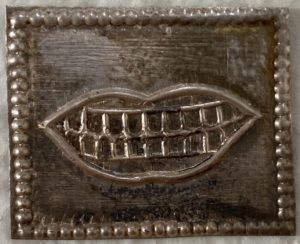
Internships
This subject is not open to public view and contains details for participants of the internship program at Yoga Mandir. Internships allow successful applicants to work directly in the daily life of the Institute, attending, assisting and supporting the smooth running of the school.
Internships are ideal for those living outside of Canberra who wish to come for a period of intense study or those living in Canberra who wish to immerse themselves in the life of the school.
Click the button below to see more detail…
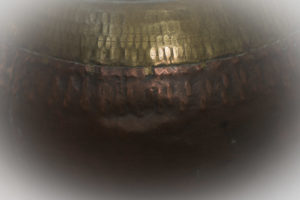
IS-01 Introducing Sadhana
Introducing Sadhana (practice) is an independent practice program for students with Iyengar Yoga experience wishing to establish a home practice and requires a commitment to a regular practice of between 15-30 minutes per day as well as the reading and study material provided. Lifetime enrollment

IS-02. Introducing Sadhana-The Basics..
IS-02. Introducing Sadhana-The Basics is a practice program for students with Iyengar Yoga experience wishing to establish a home practice and requires a commitment to a regular practice of between 15-30 minutes per day as well as the reading and study material provided. The program is provided for students enrolled in YS-01. Certificate of Yoga Studies Foundation
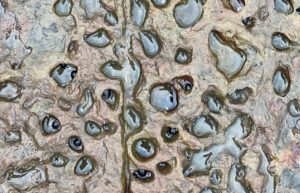
P-01. Introducing Pranayama
‘Prana moves in the thoracic region and controls breathing. It absorbs vital atmospheric energy. Apana moves in the lower abdomen and controls the elimination of urine, semen and faeces. Samana stokes the gastric fires, aiding digestion and maintaining the harmonious functioning of the abdominal organs. It integrates the whole of the human gross body. Udana, working through the throat (the pharynx and the larynx), controls the vocal chords and the intake of air and food. Vyana pervades the entire body, distributing the energy derived from food and breath through the arteries, veins and nerves’. P-01 is a lifetime enrollment
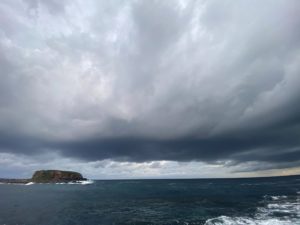
P-02. Pranayama Setups
BKS Iyengar writes:
'Bad posture, an ill-shaped or caved-in chest, obesity, emotional disorders, various lung troubles, smoking and uneven use of the respiratory muscles, lead to improper breathing, below one's capacity. We are aware of the discomfort and disability which then arises. Many subtle changes take place in our body as a result of poor breathing and bad posture, leading to heavy breathing, inadequate pulmonary function and aggravation of heart disease. Pranayama can help to prevent these disorders and help to check or cure them, so that one can live fully and well.’ P-02 is a lifetime enrollment
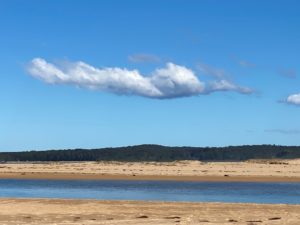
P-03. Ujjayi-Lying
BKS Iyengar writes:
‘In pranayamic inspiration, diaphragmatic contraction is delayed until after the conscious contraction of the muscles of the anterior and lateral abdominal wall. These muscles are diagonally connected to the ribcage above and the pelvis below’. With a firm foundation in Ujjayi the practitioner will progress well. This subject lays these foundations. P-03 consolidates examples drawn from Iyengar conventions to provide breadth and depth to your understanding of the subject. Part 6 providing many audio extracts from Geeta’s classes to practise with
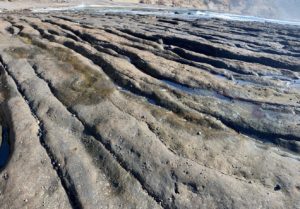
P-04. Viloma-Lying
BKS Iyengar writes:
‘Loma means hair, the ' vi' denotes disjunction or negation. Viloma means anti-hair or against the natural order of things. In viloma pranayama inhalation or exhalation is not a continuous process, but one that is interrupted by several pauses'. This subject covers the principles of Viloma including the major texts and video extracts of Geeta taken from conventions. It ends with a range of audio practice recordings for students to gain knowledge from practice experience. P-04 is a lifetime enrollment
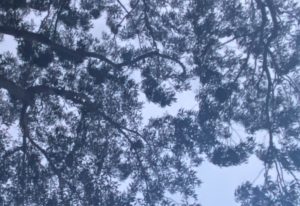
P-05. Bhramari
'Bhramara means a large black bumble-bee and this pranayama is so called because during exhalation a soft humming sound like that of a bumble-bee is made. The best time to perform it is in the silence and quiet of the night'. P-05 applies the learn/ study/ practice modes to gain knowledge from experience. P-05 is a lifetime enrollment

P-06. Art of sitting
This 7 part subject examines the art of sitting for Pranayama through objective knowledge and subjective experience. You engage with the material from our lineage: a series of videos extracted from Geeta Iyengar's conventions, the writings of BKS Iyengar, Geeta Iyengar, Prashant Iyengar, and practice videos and audios from our teachers. P-06 is a lifetime enrollment

P-07. Ujjayi-Sitting
‘The prefix 'ud' means upwards or expanding. It also conveys the sense of pre-eminence and power. 'Jaya' means conquest or success, and, from another point of view, restraint. In ujjayi the lungs are fully expanded, with the chest thrust out like that of a mighty conqueror’.
Ujjayi-Sitting progresses from the foundations laid in earlier subjects to explore the range of practice in this essential pranayama. Retention of the breath (Kumbhaka) is examined in detail within the subject. P-07 is a lifetime enrollment
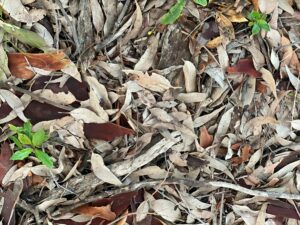
P-08. Viloma-Sitting
‘Now start interrupted inhalation, as follows: Inhale for two or three seconds, pause and hold the breath for two or three seconds; again inhale for two or three seconds, pause and hold the breath for two or three seconds. To pause, the diaphragm is lightly gripped. Do not let the diaphragm loose when you breathe in again after each pause. Continue in this way until the lungs are completely full, which may involve four or five pauses. No strain should be felt throughout’ . P-08 is a lifetime enrollment

